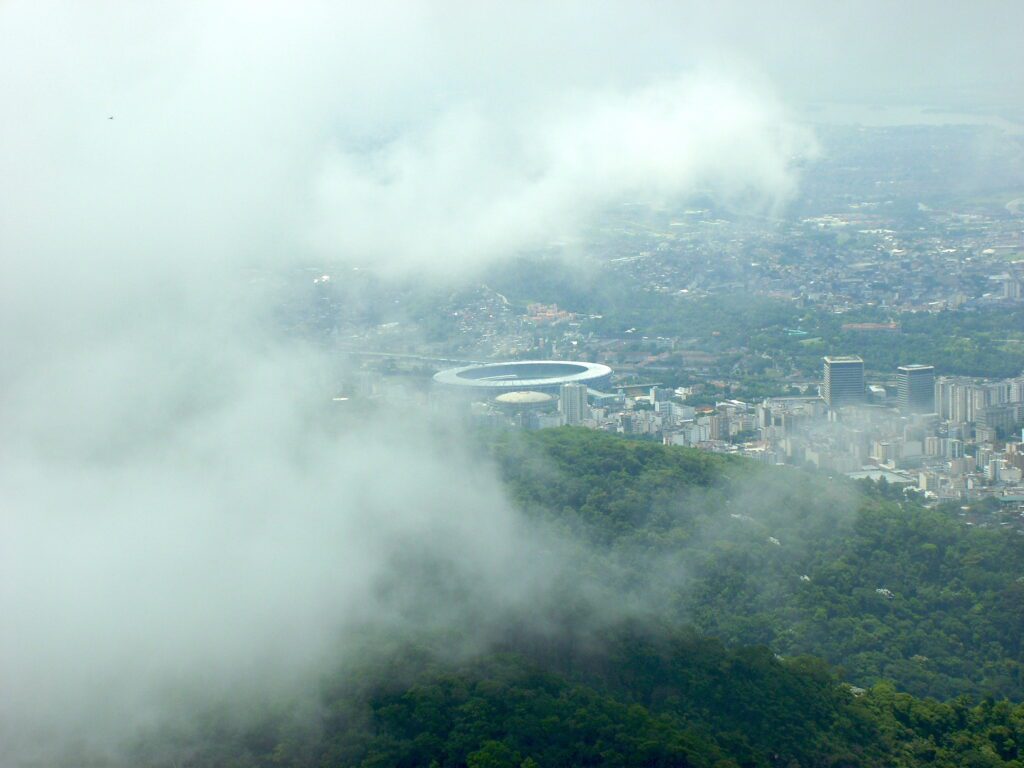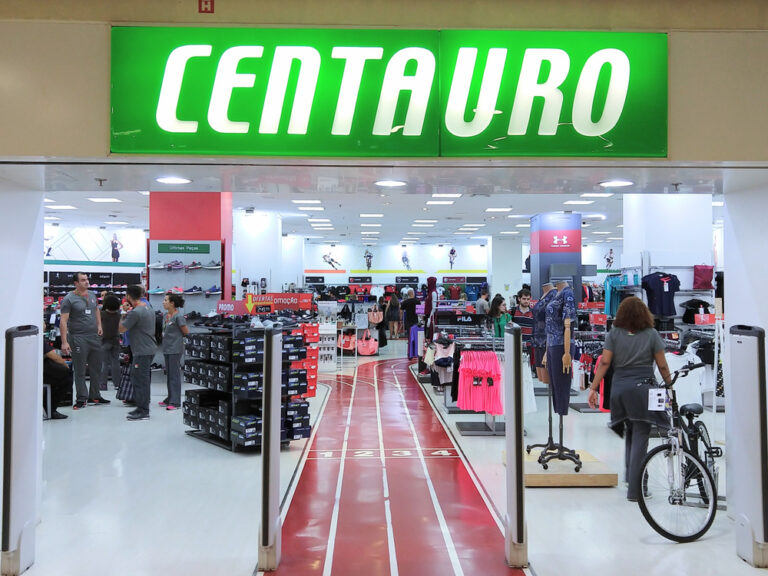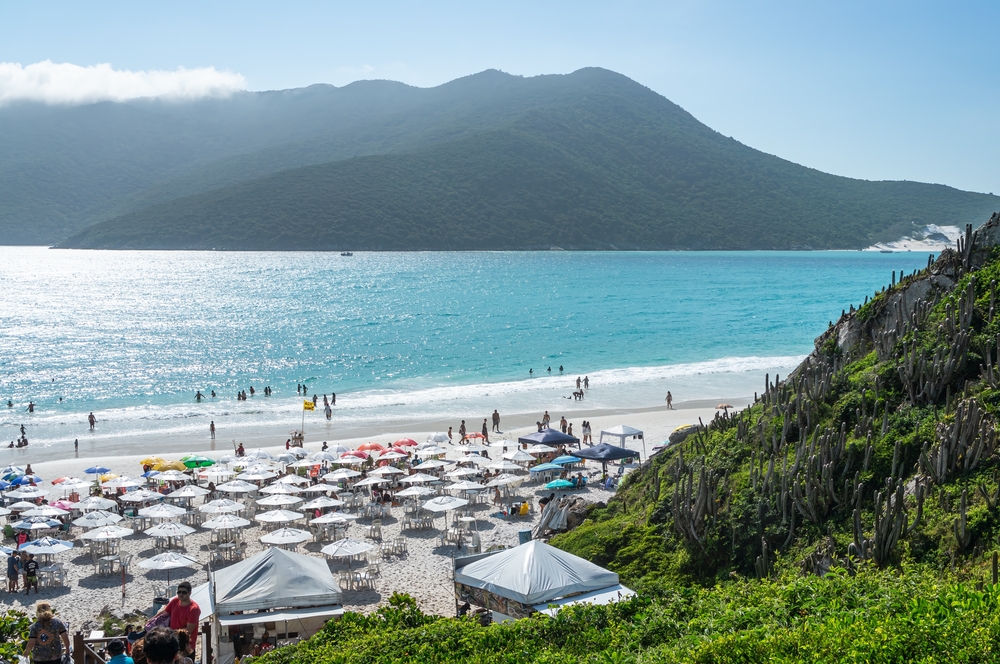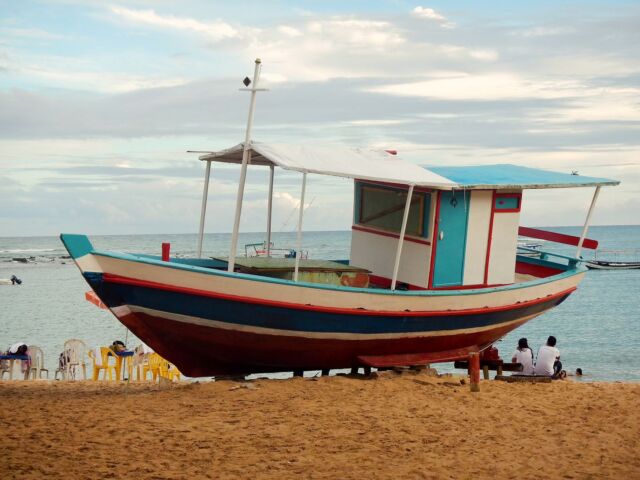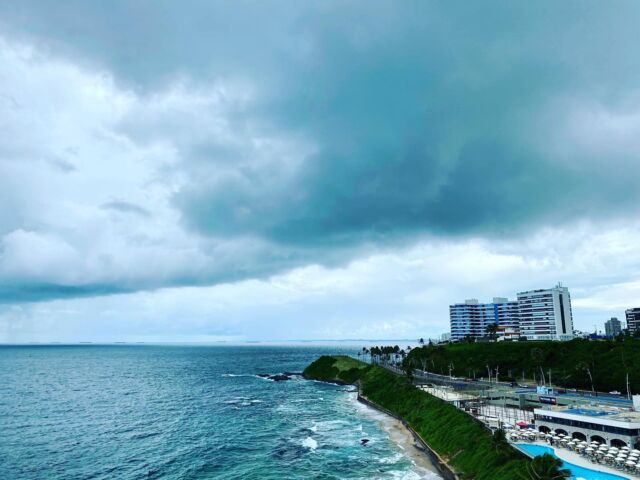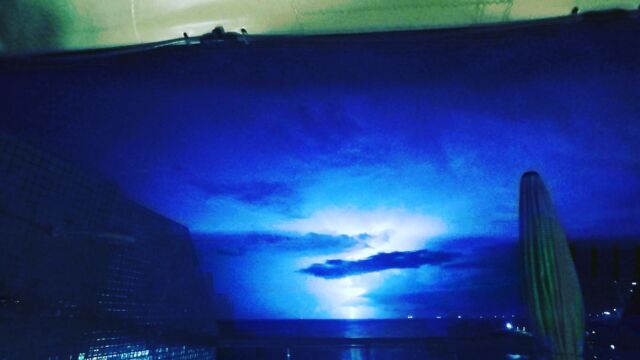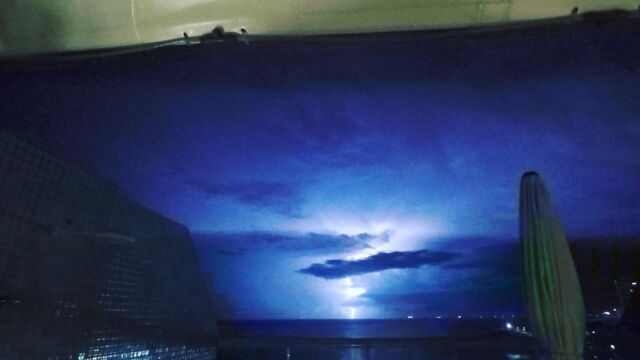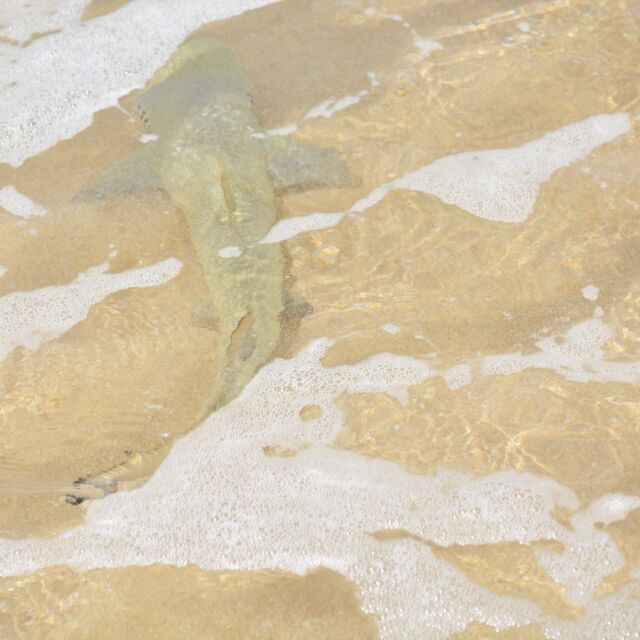The Maracanã Stadium is a football stadium located in Rio de Janeiro, Brazil. It was built for the 1950 FIFA World Cup and has a seating capacity of 78,838. Here are a few more facts about the Maracanã Stadium:
The Maracanã is named after the Maracanã neighborhood in Rio de Janeiro.
The stadium is home to the Brazil national football team and the club teams Flamengo and Fluminense.
The Maracanã has hosted numerous major events, including the 1950 and 2014 FIFA World Cups, the 2013 FIFA Confederation Cup, and the 2007 Pan American Games.
The Maracanã is the largest stadium in Brazil and the fifth largest in South America.
It is known for its iconic roof, which covers all the seats in the stadium.
It has undergone several renovations over the years, including a major renovation for the 2014 World Cup.
The Maracanã is considered a symbol of Brazilian football and is one of the most famous stadiums in the world.
The Stadium was designed by the Brazilian architect Pedro Paulo Bernardes Bastos, who was inspired by the Stadium of Brazil in São Paulo. It was constructed between 1948 and 1950, in time for the 1950 FIFA World Cup, which was held in Brazil.
The Maracanã was built on a piece of land that was formerly used as a rubbish dump and was located in the Maracanã neighborhood of Rio de Janeiro. The stadium was built using concrete and steel, and it was designed to seat 200,000 people, making it the largest stadium in the world at the time.
It was officially inaugurated on June 16, 1950, with a match between Brazil and Yugoslavia. It was also used for the opening and closing ceremonies of the 1950 World Cup, as well as several other matches during the tournament.
In the decades following its construction, the Maracanã underwent several renovations and expansions to increase its capacity and improve its facilities. The most significant renovation was for the 2014 FIFA World Cup when the stadium’s capacity was reduced to 78,838 and its facilities were modernized.

Table of Content
ToggleCosts and used construction materials
It is difficult to determine the exact cost of the construction of the Maracanã Stadium, as it was built over 70 years ago and the cost of materials and labor has changed significantly since then. However, it is estimated that the construction of the Maracanã Stadium cost around $10 million at the time, which would be equivalent to around $95 million in today’s dollars.
The Maracanã Stadium was built using concrete and steel, with a roof made of reinforced concrete. The roof was designed to cover all the seats in the stadium, making it one of the most iconic features of the Maracanã. The roof was supported by steel trusses and cables, and it was designed to be lightweight and able to withstand high winds.
In addition to the concrete and steel used in the construction of the Maracanã, other materials were also used, including glass, wood, and metal. The interior of the stadium was finished with marble, and the seating areas were covered with synthetic material. The playing field was made of grass, and the stadium was equipped with state-of-the-art lighting and sound systems.
Teams playing in the Maracanã
The Maracanã Stadium is home to several football teams, including the Brazil national football team and the club teams Flamengo and Fluminense. The Maracanã is used for home matches by these teams, as well as for other sporting events and concerts.
The Brazil national football team is one of the most successful teams in the world and has won the FIFA World Cup a record five times. The team plays its home matches at the Maracanã and has a strong following in Brazil and around the world.
Flamengo and Fluminense are two of the most popular club teams in Brazil and are based in Rio de Janeiro. Both teams have a long history and are known for their passionate fans. They play their home matches at the Maracanã, and the stadium is often filled to capacity for their matches.
It is not always possible to predict which teams will be playing at the Maracanã, as it depends on the schedule of matches and events at the stadium. It is recommended to check the Maracanã’s website or contact the stadium’s visitor center for more information on the schedule of events at the Maracanã.

Can the stadium visited by the public?
Yes, it is possible to visit the Maracanã Stadium as a tourist. The Maracanã Stadium is a popular tourist destination in Rio de Janeiro and is open to visitors on most days of the week. Tourists can visit the stadium to see its iconic architecture, learn about its history, and take in the views from the stands.
There are several ways to visit the Maracanã Stadium as a tourist. One option is to take a guided tour, which allows visitors to explore the stadium with a knowledgeable guide who can provide information about the history and features of the Maracanã. Guided tours are typically offered in multiple languages and may include access to areas of the stadium that are not normally open to the public, such as the changing rooms and VIP areas.
Another option is to visit the Maracanã on your own. The stadium is open to the public on most days, and visitors can enter the stands and walk around the pitch. There are also several souvenir shops and food stands located inside the stadium.
It is recommended to check the Maracanã’s website or to contact the stadium’s visitor center for more information on visiting the Maracanã as a tourist, including ticket prices and opening hours.
